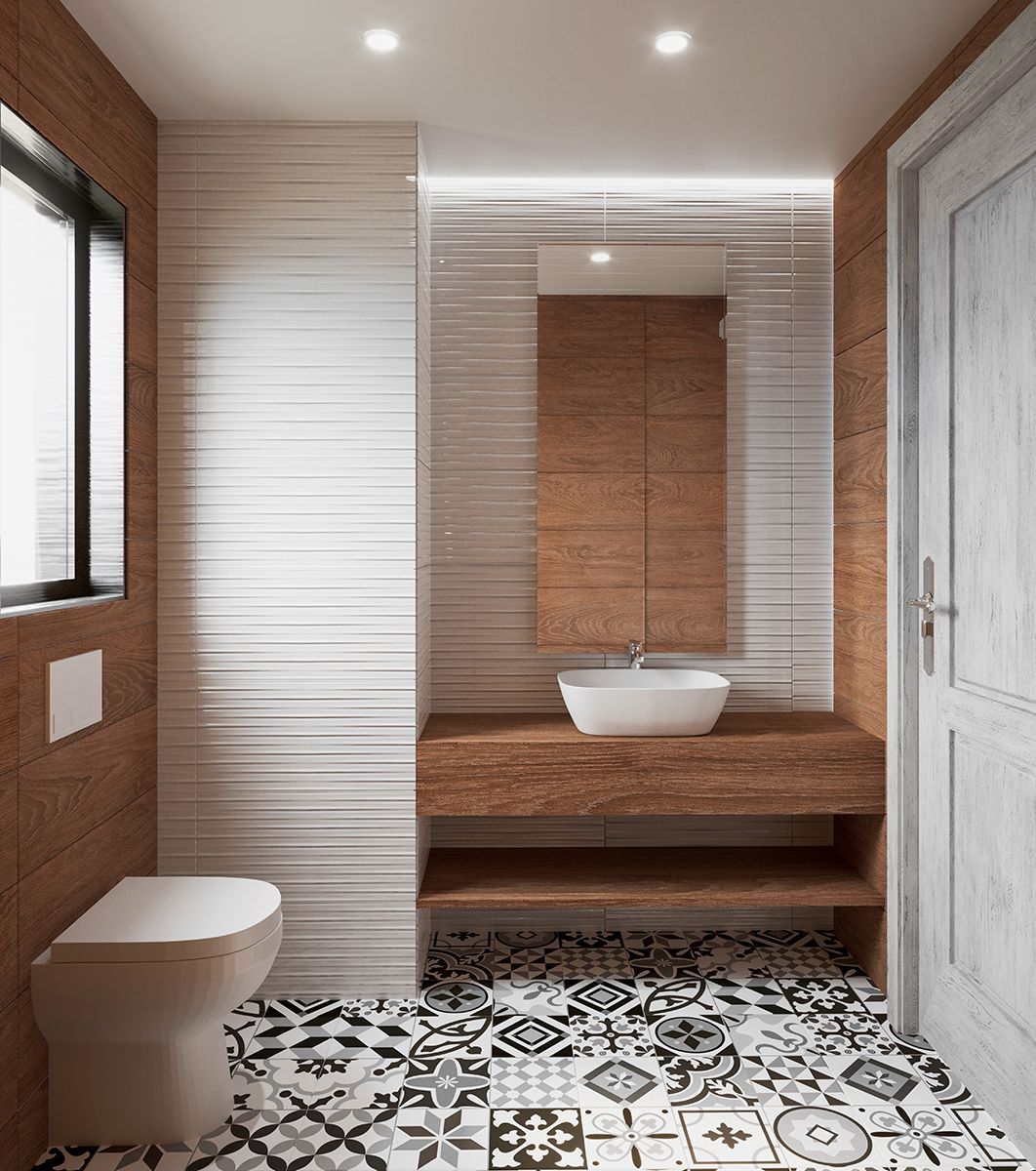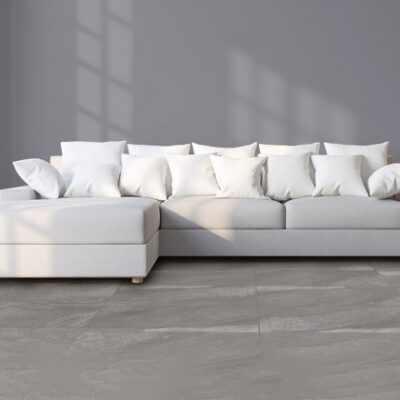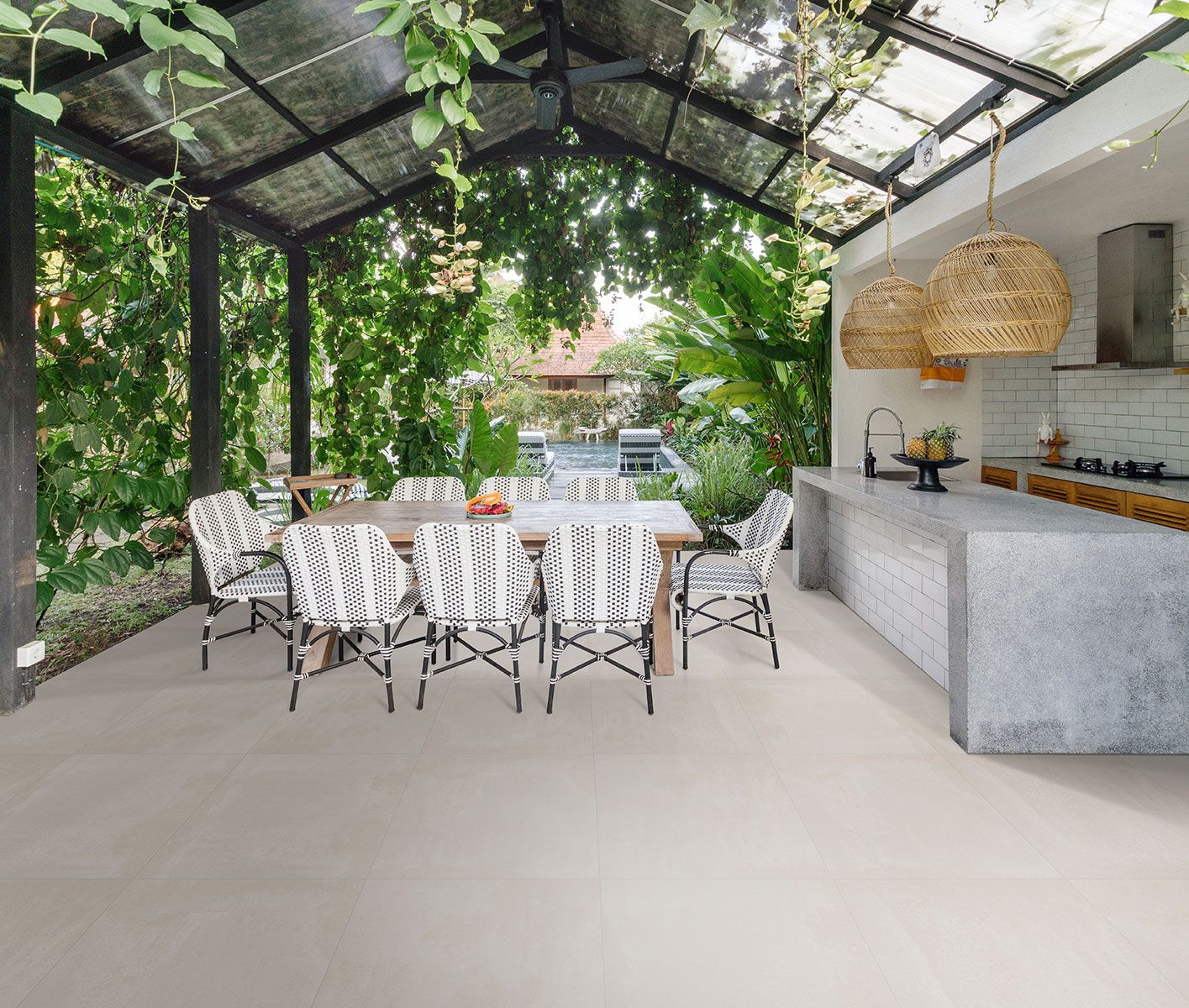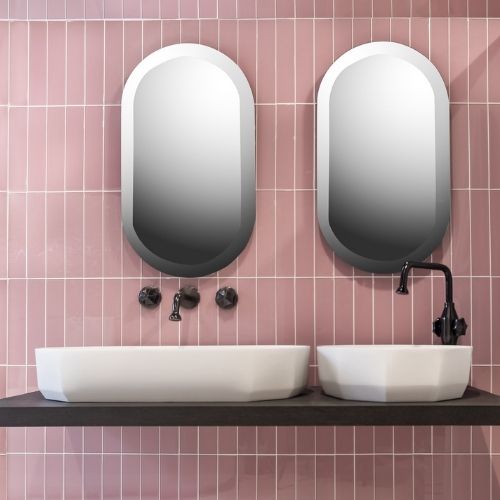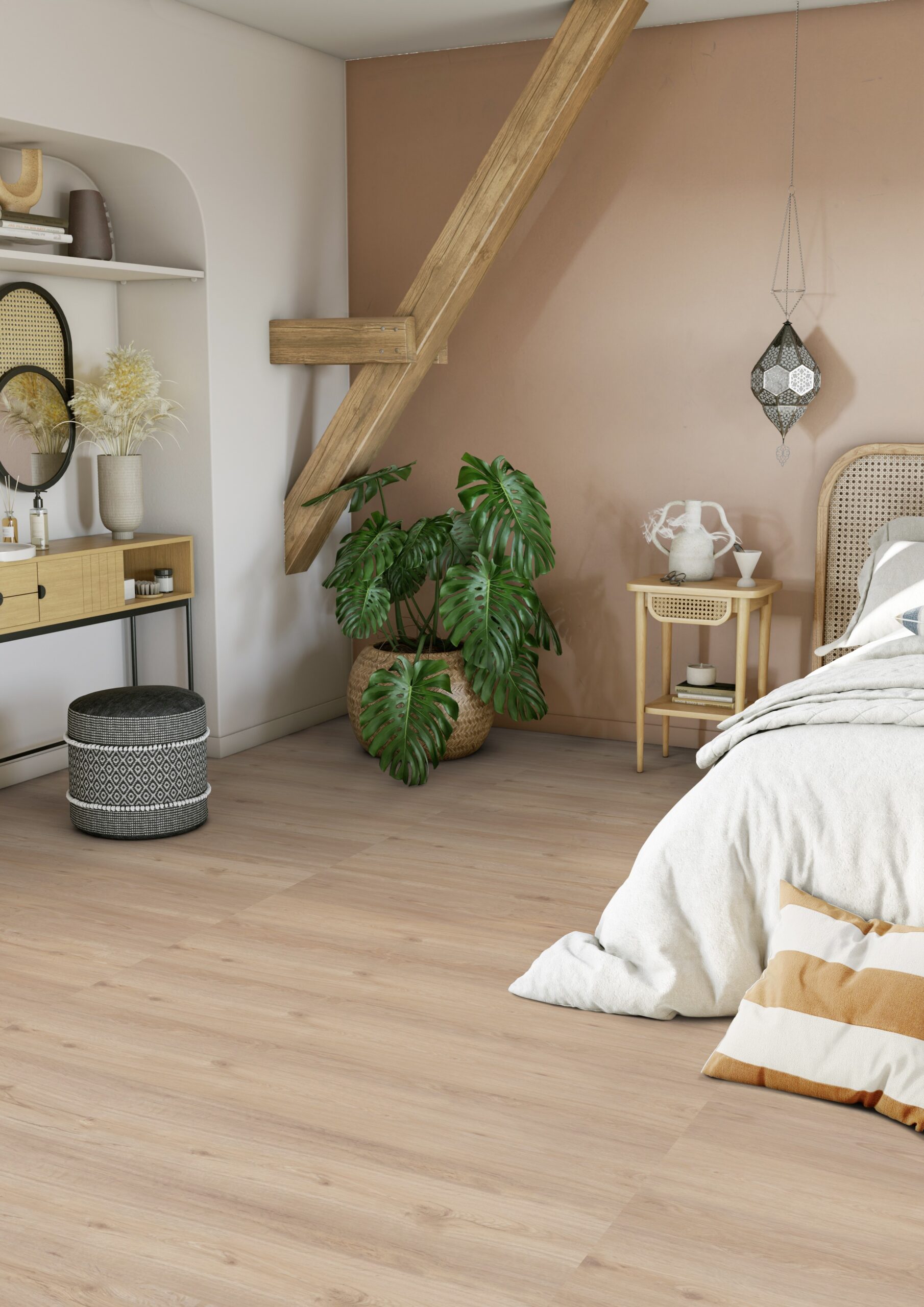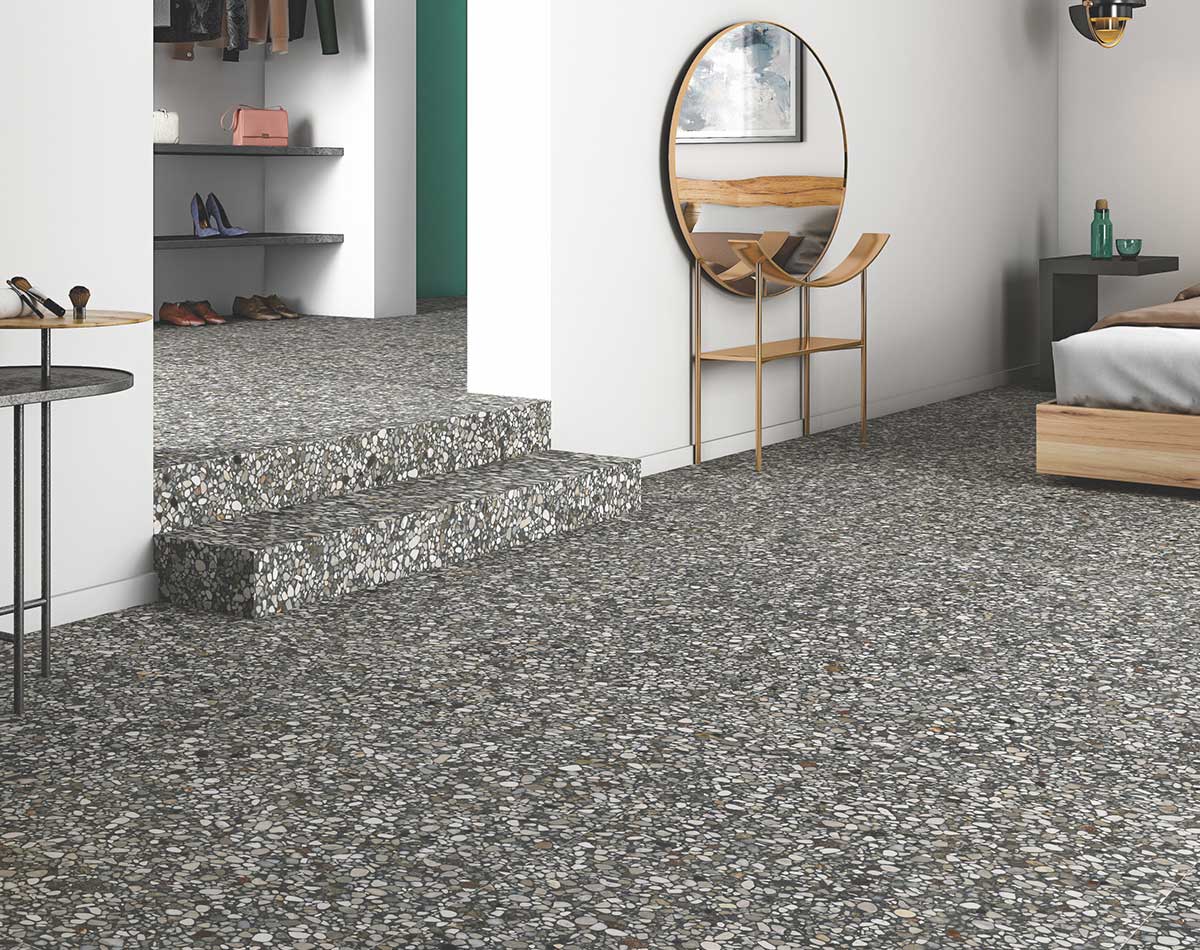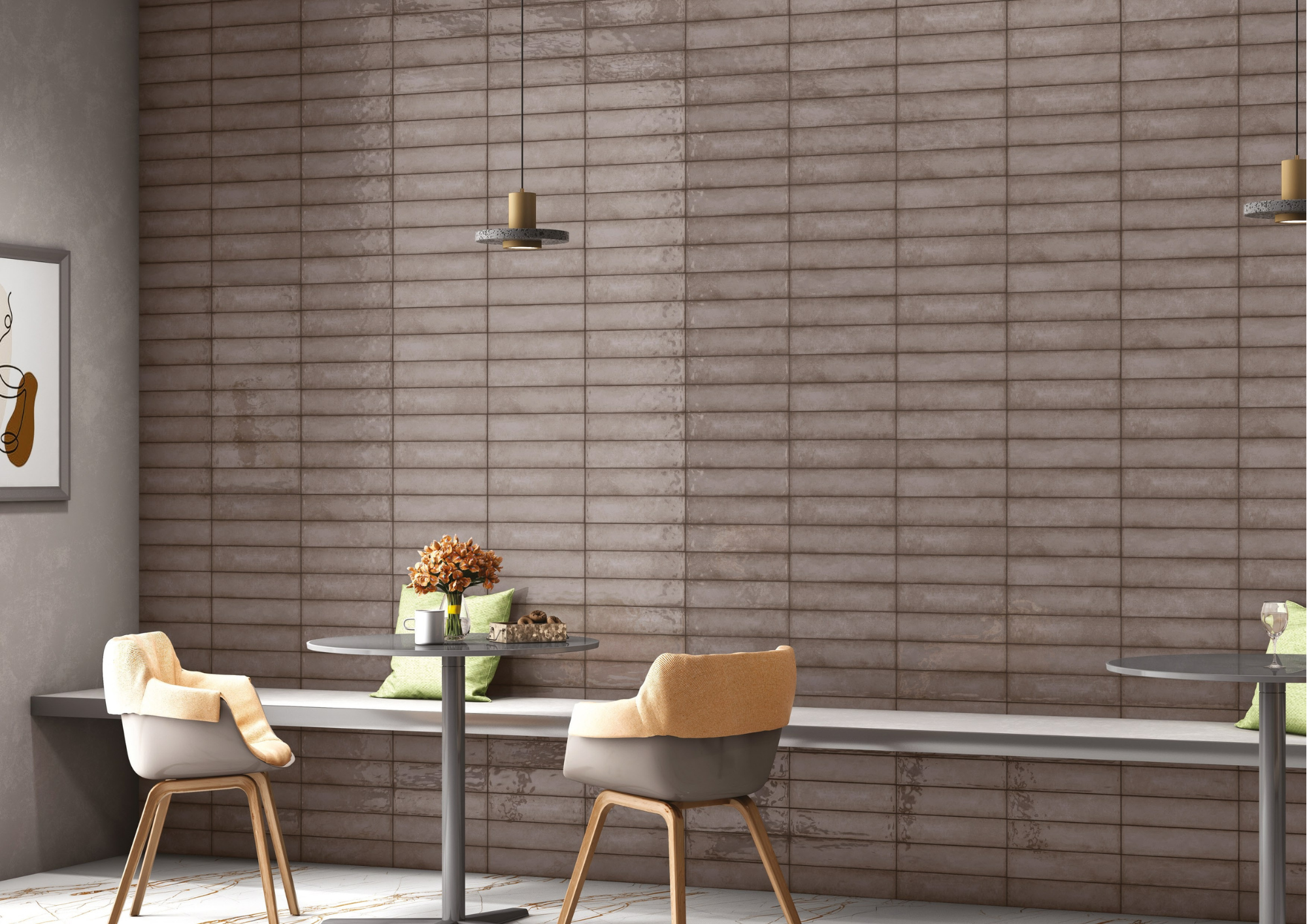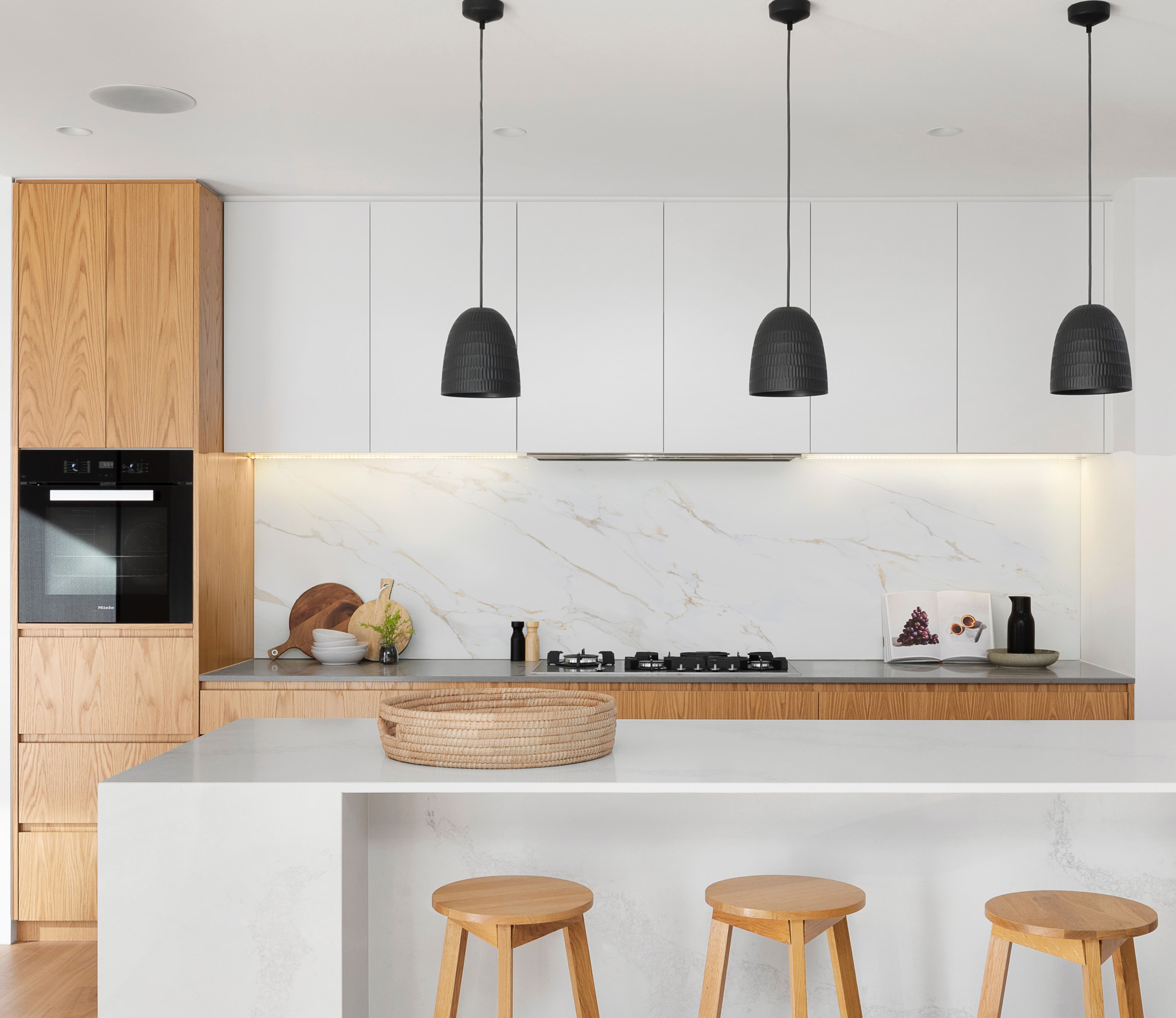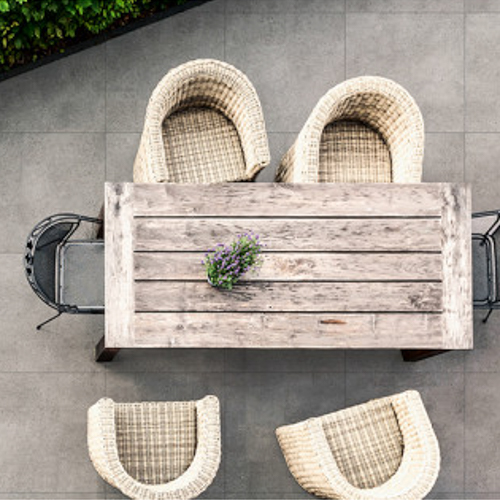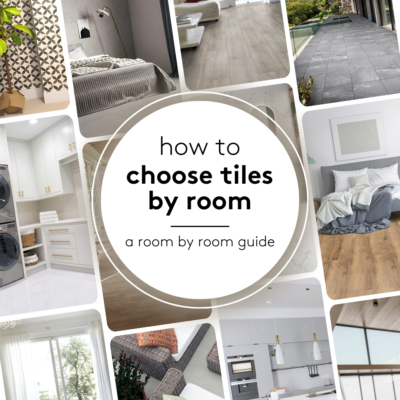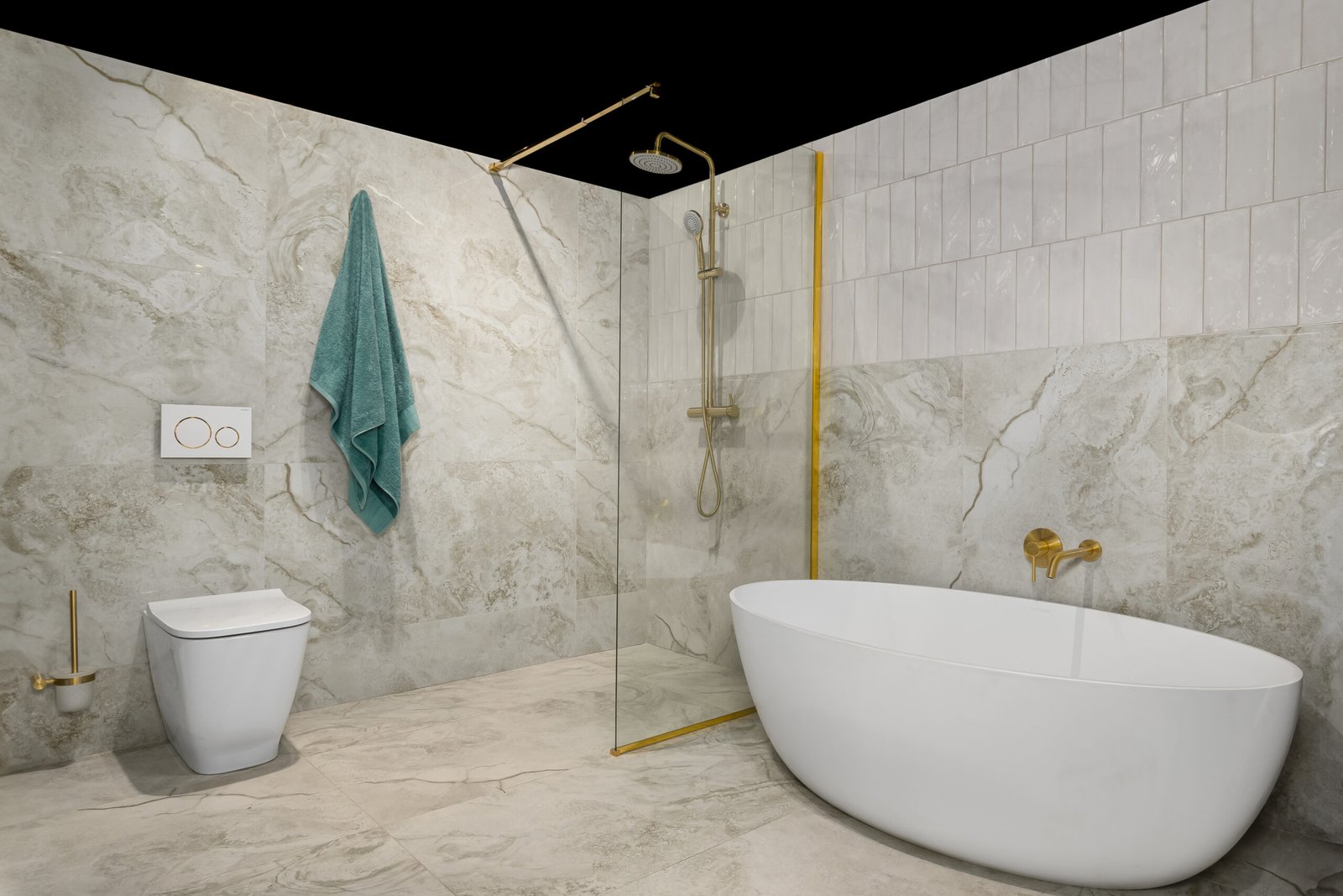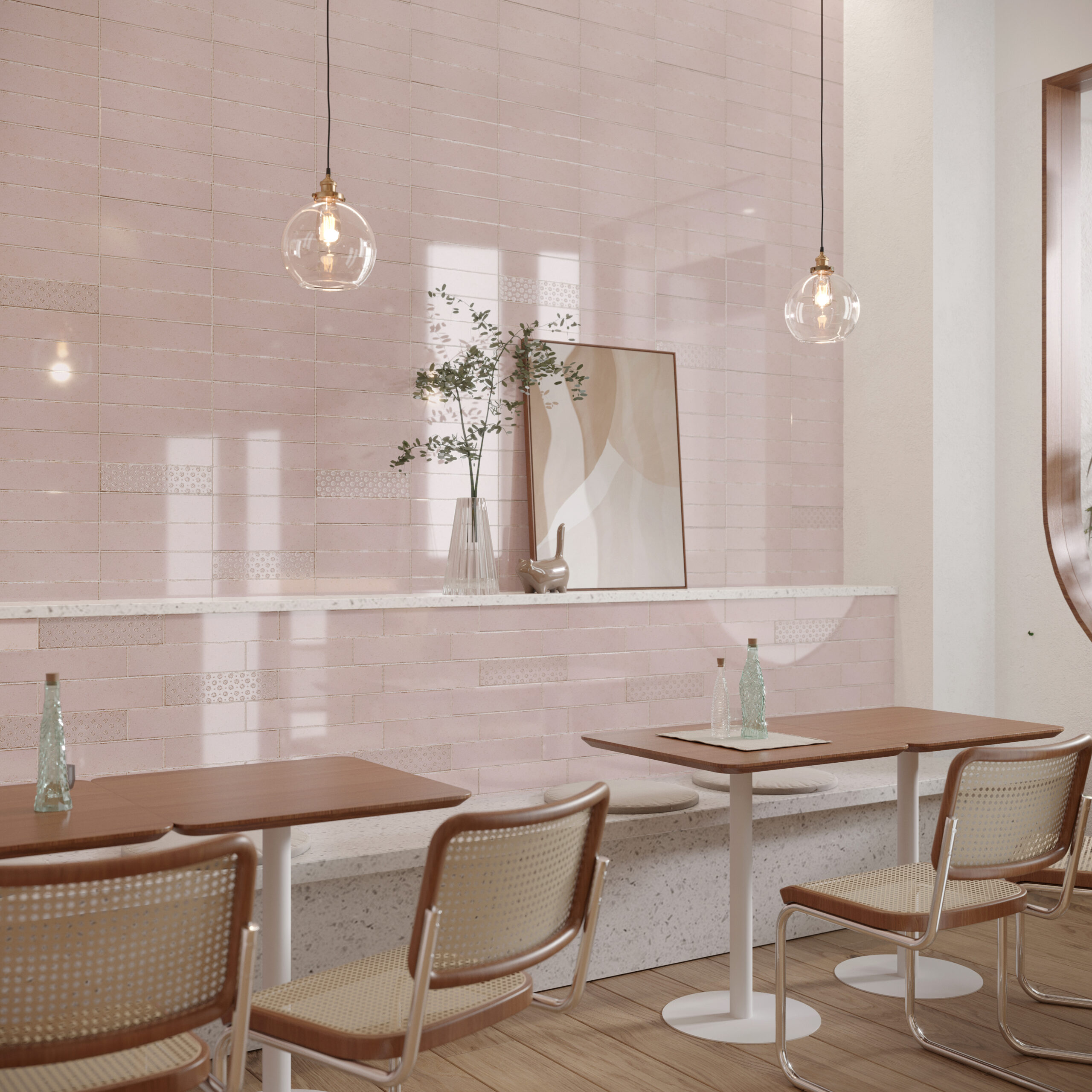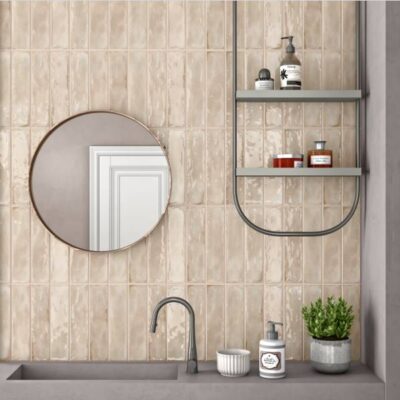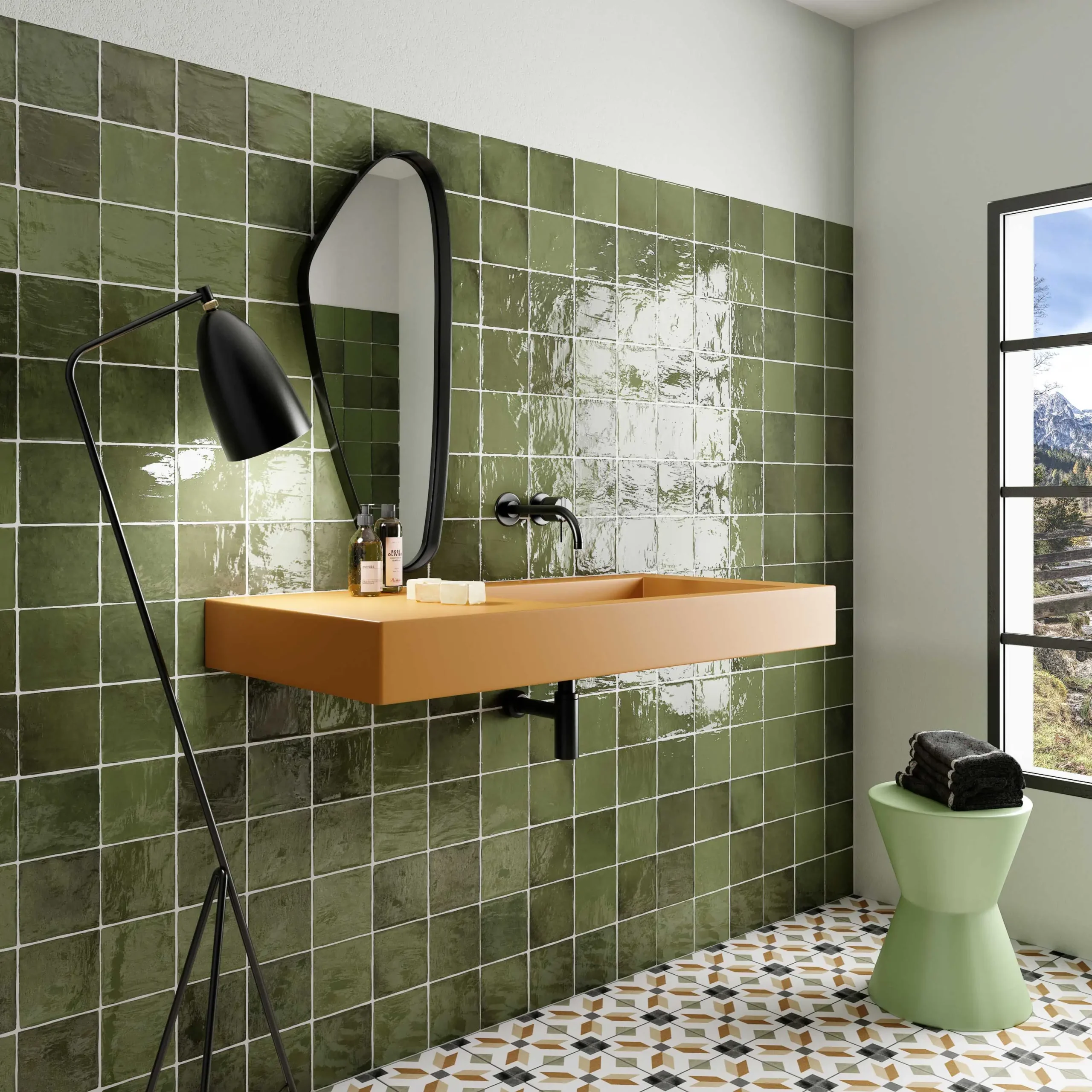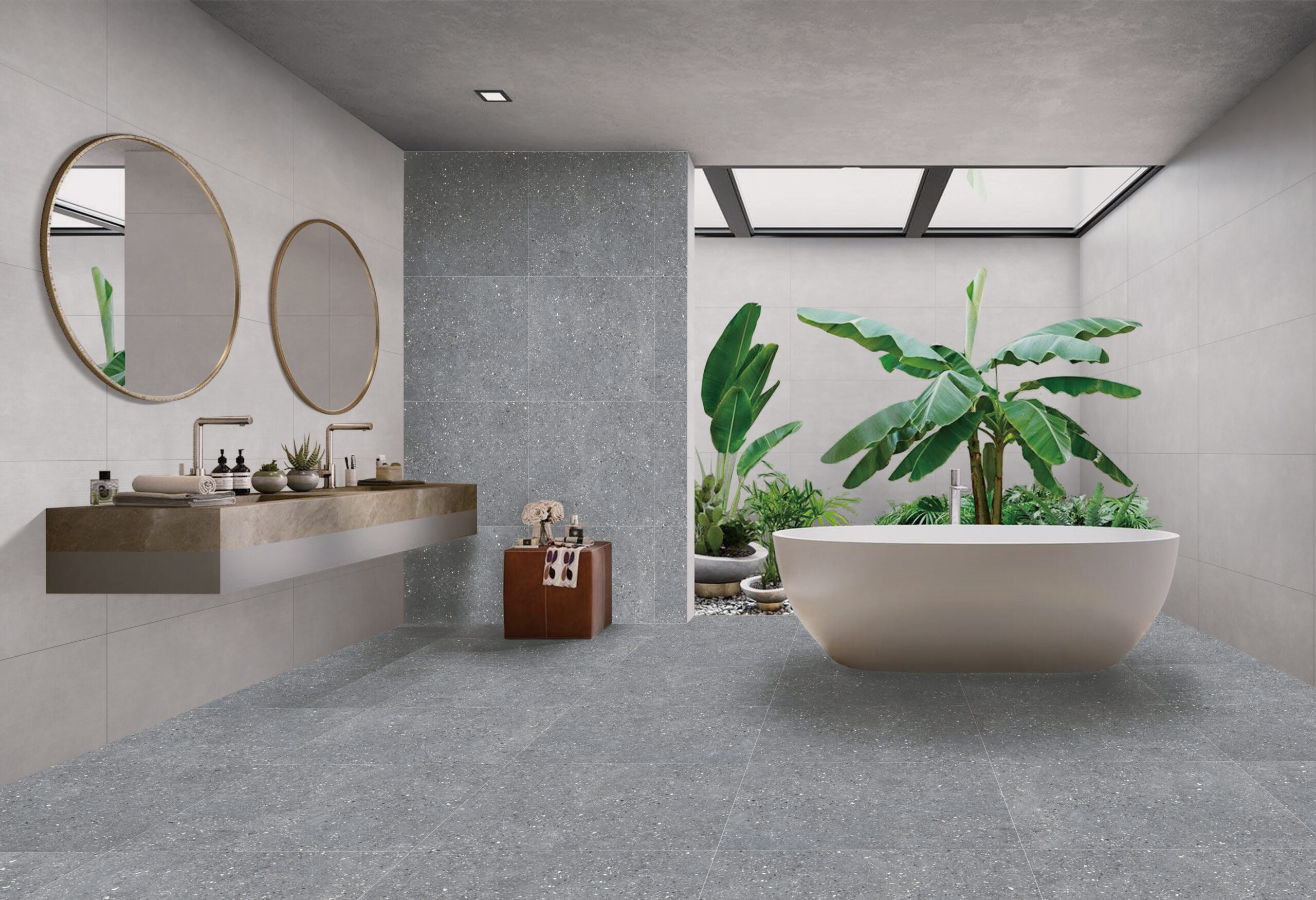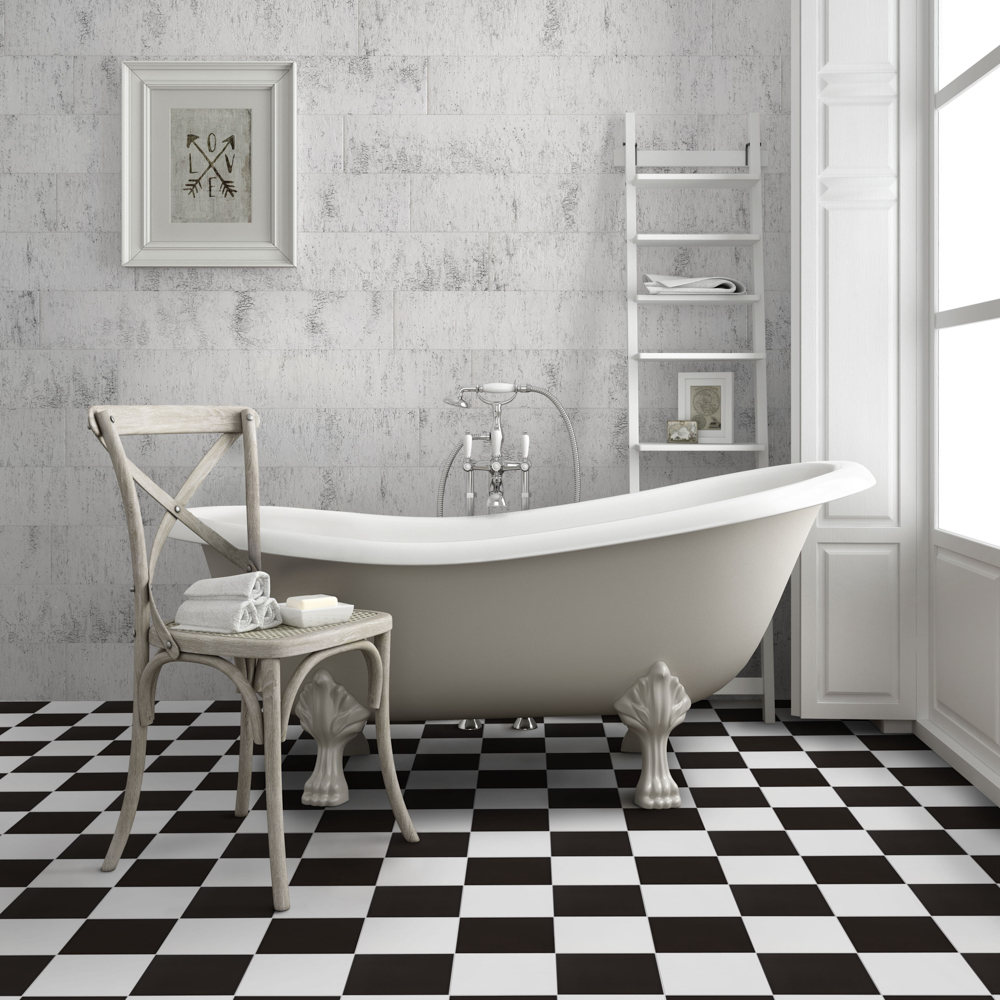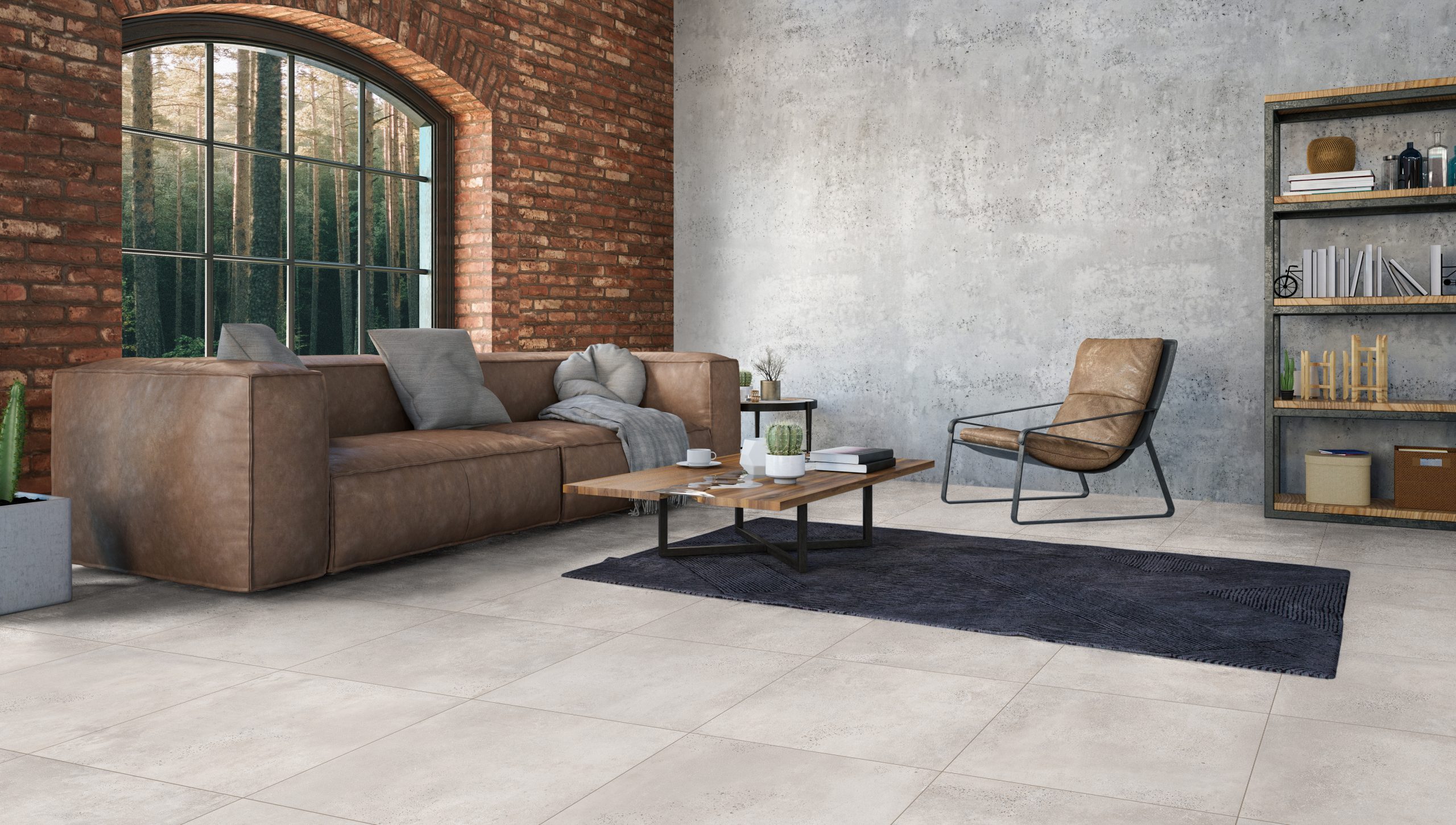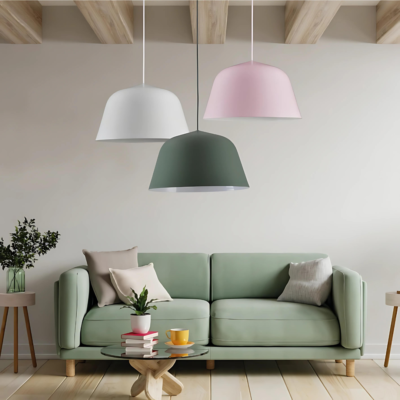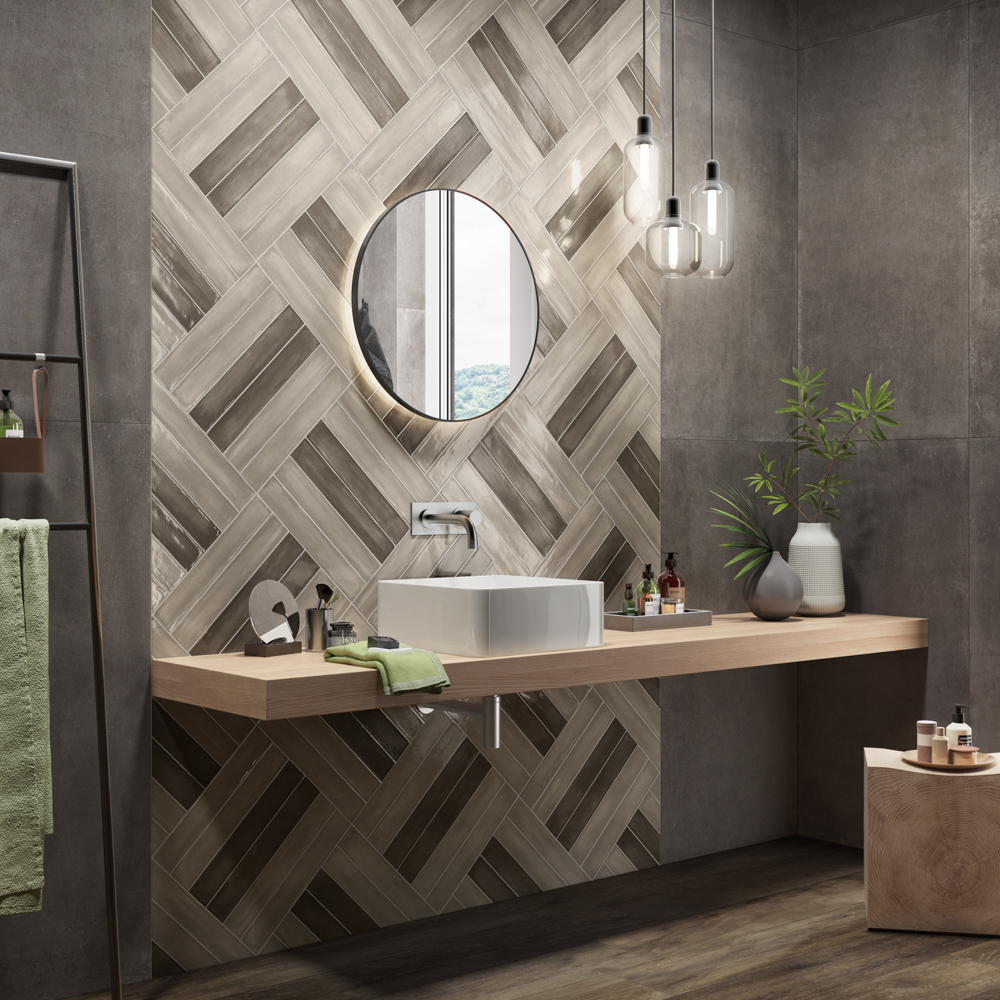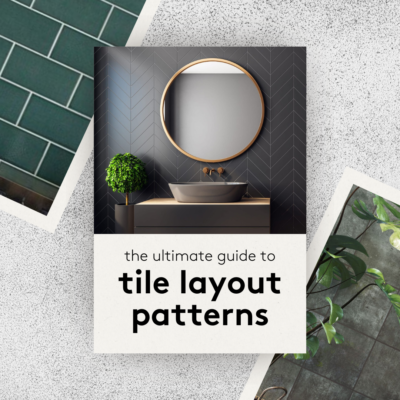Tiles are a crucial element in any space, offering both functionality and aesthetics. Whether you’re renovating a kitchen, bathroom or an entire home, selecting the right tiles can significantly impact the overall look and durability of your space. Here are the key factors to consider before making your purchase.
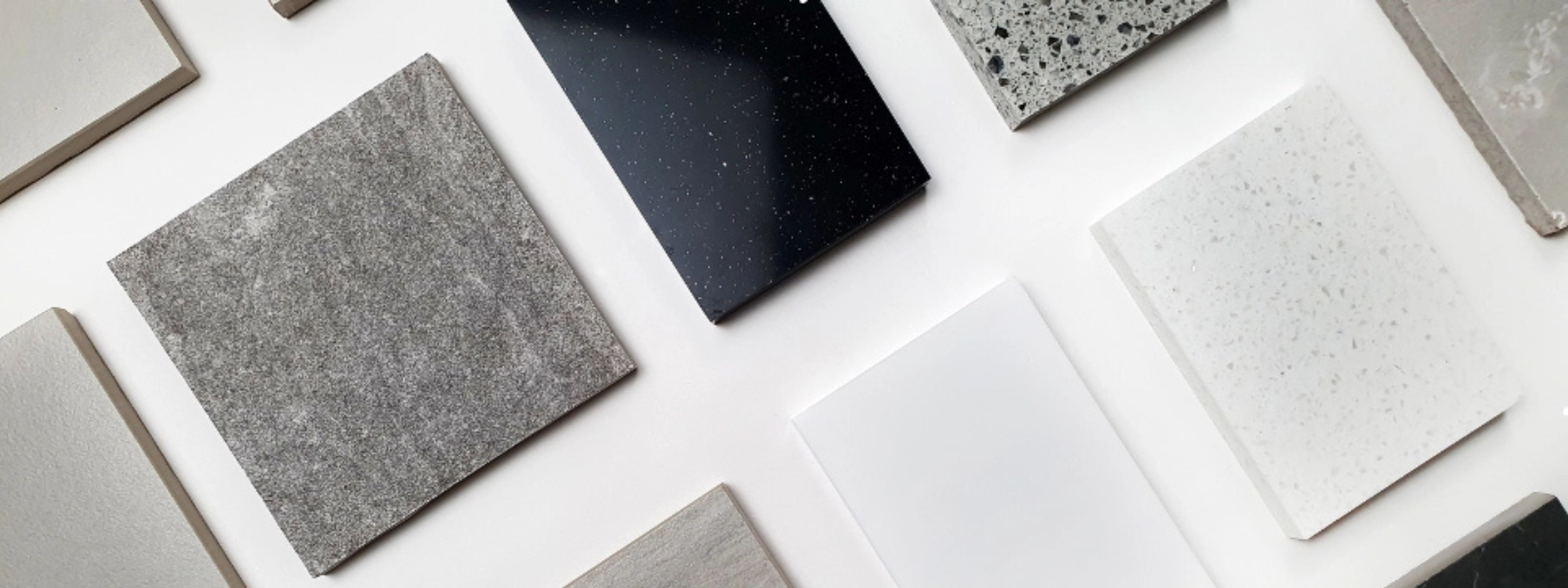
Table of Content:
Tile Material:
Ceramic
Porcelain
Natural Stone
Glass
Vinyl & Laminate
Location & Purpose:
Floors
Walls
Bathrooms & Kitchens
Outdoor Areas
Tile Size
Large-format tiles
Small tiles
Subway tiles
Finish:
Glossy Tiles
Matte Tiles
Textured Tiles
Colour & Pattern:
Light-coloured tiles
Darker shades
Patterned tiles
Neutral tones
Tile Grading & Durability:
Grade 1
Grade 2
Grade 3 & Above
Slip Resistance
Budget & Maintenance Cost
Installation & Tile Layout
Availability & Lead Time
Final Thoughts: Choose Wisely for Long-Term Satisfaction
Tile Material: Finding the Right Fit
Tiles come in various materials, each with its own advantages and ideal applications:
Ceramic
Durable and budget-friendly, perfect for walls and light-traffic areas.
Porcelain
Dense, water-resistant, and ideal for high-traffic areas and outdoor spaces.
Ceramic vs. Porcelain Floors – whats the difference? Find out here.
Natural Stone
Offers a unique, organic look but requires regular sealing.
Glass
Great for decorative splashbacks but not ideal for high-impact areas.
Vinyl & Laminate
Cost-effective and easy to install, suitable for various applications.
Read our blog on Vinyl vs. Laminate Flooring to determine the right choice for your home.
Location & Purpose
Where Will It Be Installed? Different areas require different types of tiles:
Floors
Opt for slip-resistant, durable tiles with a high PEI (Porcelain Enamel Institute) rating.
Walls
Lighter tiles are easier to install and maintain.
Bathrooms & Kitchens
Choose water-resistant tiles like porcelain or glass.
Outdoor Areas
Slip-resistant, textured tiles prevent slipping and can withstand harsh weather.
So, you’ve decided that tiling is the perfect option for your latest project, but how do you decide which tiles are best suited for each room of your home? Read our blog on How to Choose Tiles by Room for a room-by-room guide.
Tile Size
Small or Large Format? The size of your tiles can influence the perception of space:
Large-format tiles
Large-format tiles create a seamless, modern look and reduce grout lines.
The Pros and Cons of Using Large Format Tiles for your home.
Small tiles
Small tiles are great for intricate designs and detailed areas like splashbacks.
Explore how to choose the perfect tiles for your splashback here.
Subway tiles
Subway tiles remain a timeless choice for walls and feature areas.
Subway Tiles: A Timeless Trend, find out why subway tiles are worth considering.
Finish
Glossy, Matte or Textured? The finish of a tile affects both aesthetics and practicality:
Glossy Tiles
Glossy Tiles reflect light, making spaces appear larger but can be slippery.
Matte Tiles
Matte Tiles offer a subtle, sophisticated look and are slip-resistant.
Gloss vs. Matte tiles: What’s the difference? – find out here.
Textured Tiles
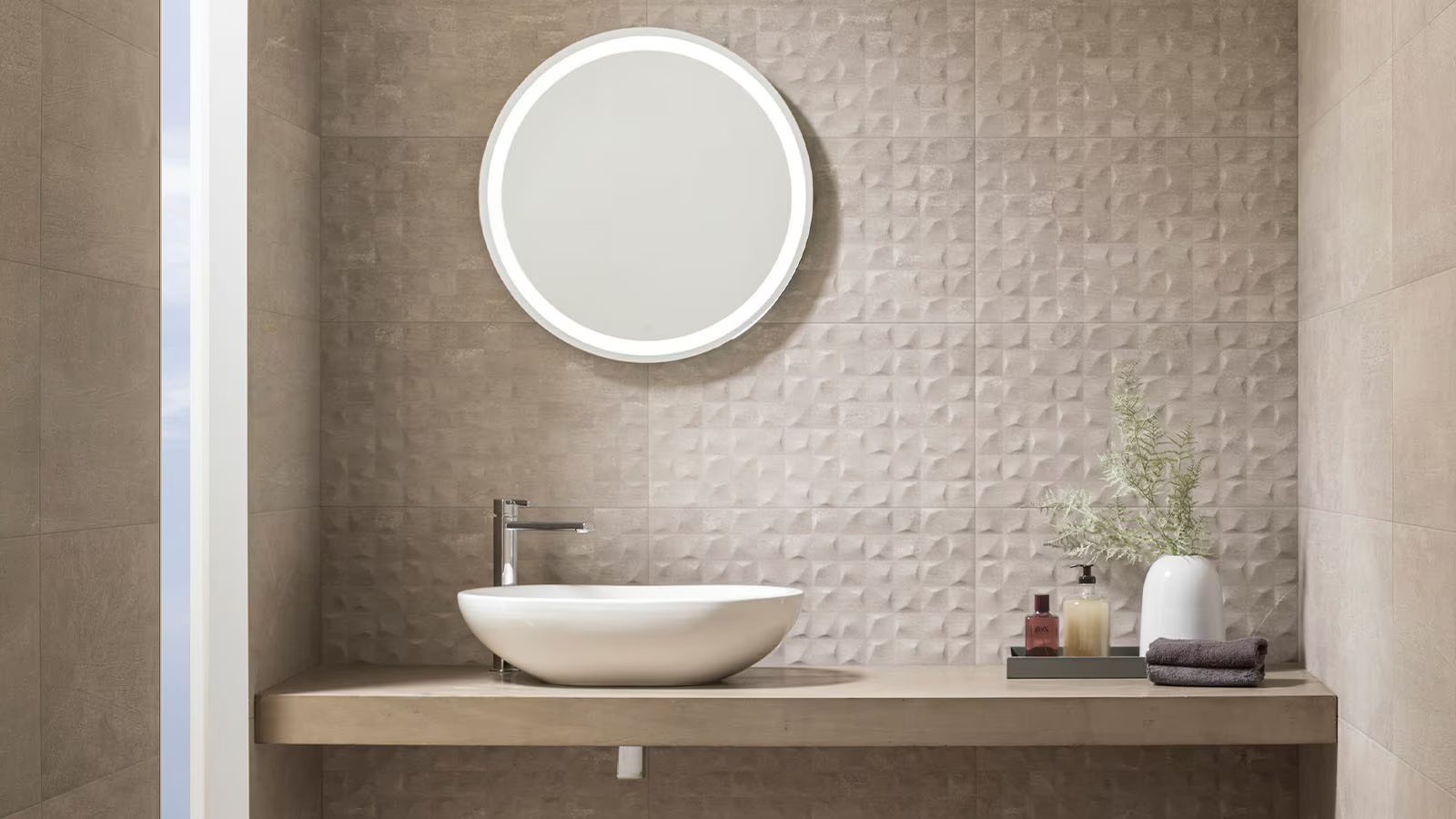
Image credit: porcelanosa
Textured Tiles are ideal for wet areas to prevent slipping and add depth to designs.
Colour & Pattern: Setting the Tone
Choosing the right colour and pattern enhances your space:
Light-coloured tiles
Light-coloured tiles create an airy, spacious feel.
Darker shades
Darker shades add warmth and sophistication.
Patterned tiles
Patterned tiles or decor tiles add character and work well as accents.
Neutral tones
Neutral tones offer versatility and longevity in design.
Colour has the power to completely transform a space, influencing both its appearance and atmosphere. Discover how your colour selection can impact your mood, how to choose the perfect palette, and how to enhance your space with colour here.
Tile Grading & Durability
Tiles are graded based on quality and durability:
Grade 1
Best for walls, not recommended for floors.
Grade 2
Suitable for residential floors with light foot traffic.
Grade 3 & Above
Ideal for high-traffic areas, both residential and commercial.
Slip Resistance
Safety First! For wet areas like bathrooms, kitchens and outdoor spaces, choose tiles with a high slip-resistance rating (R10 or higher) to prevent accidents.
Budget & Maintenance Cost
Budget
Set a budget and compare prices to find tiles that fit within your range.
Maintenance
Consider how much upkeep your tiles require; some materials need sealing, while others are low-maintenance.
Not sure how to clean and maintain your tiles? Here’s a step-by-step guide!
Installation & Tile Layout
Check if your chosen tile requires professional installation or if it’s DIY-friendly.
Plan the tile layout before purchase to ensure you buy the correct quantity and minimise wastage.
Check out our Ultimate Guide to Tile Layout Patterns.
Availability & Lead Time

Image Credit: e-architect
Ensure your selected tile is in stock or has a reasonable delivery time, especially if you have project deadlines.
Final Thoughts: Choose Wisely for Long-Term Satisfaction
Purchasing tiles is an investment in both style and functionality. By considering these key factors, you’ll be able to choose the perfect tiles that suit your space, needs and budget.
Visit your nearest Tiletoria showroom for expert advice and a wide selection of high-quality tiles to bring your vision to life!





